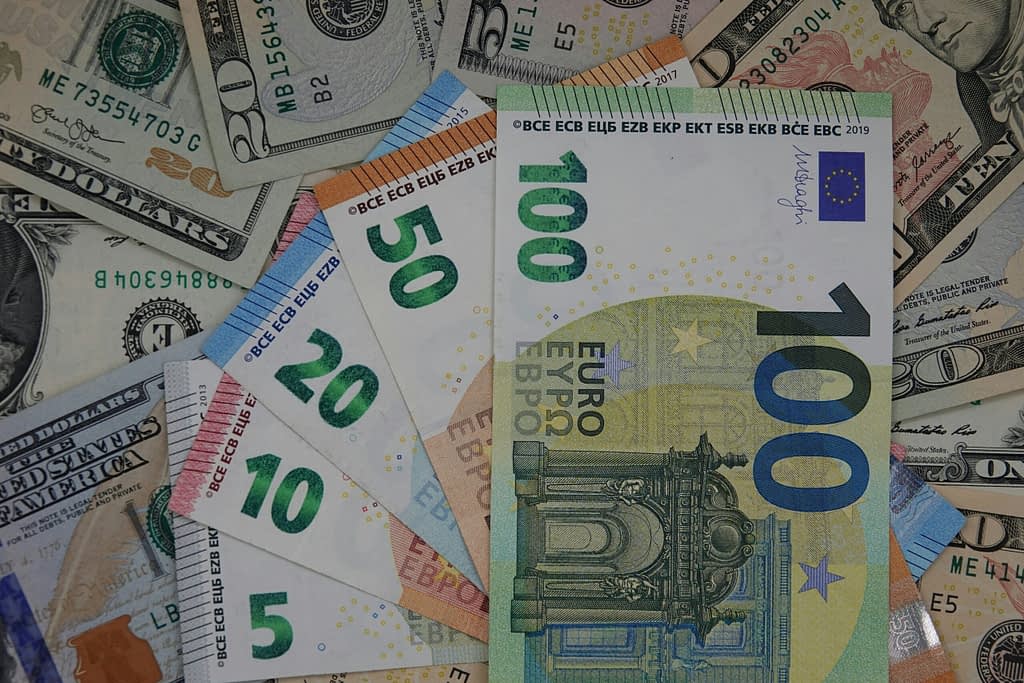The European single currency can strengthen its international position without the American dollar needing to lose its dominant status. Trump’s mission to radically restructure the global economy divides analysts into two camps – dollar skeptics and advocates of its unbeatable supremacy. Reality, however, likely lies between these extremes in the form of gradual evolution toward a multipolar monetary system.
Multipolar Monetary World: Reality Instead of Myth
Conversations about threats to the dollar’s role as the world’s reserve currency oscillate between visions of American financial dominance collapse and stubborn calls that “there is no alternative.” Much more probable is slow development toward a world where different countries and currencies hold their own spheres of influence.
Karthik Sankaran from the Quincy Institute explains: “Talking about replacing the dollar is wrong. Think about gradual regional displacement instead.” Previous eras have already experienced mixed currency usage, but they were typically anchored to gold. History knows no period when multiple fiat currencies competed for dominance.
Euro as the Strongest Dollar Alternative
To strengthen the euro’s international role, it doesn’t need to become the leading global currency, nor does the dollar need to experience a fall similar to the British pound in the first half of the 20th century. However, the euro needs broader usage in:
- Trade invoicing outside the eurozone – current share stands at 30% compared to the dollar’s 55%
- Credit financing – euro holds approximately 20% share in cross-border credit claims
- Central banks – remains in second place with a 20% share of reserves
Offshore euro loans make up nearly 30% of all euro cross-border lending, showing growing interest from non-European banks in the European currency.
Euro Growth Barriers and Their Solutions
The biggest challenge for strengthening the euro’s international role is the shortage of safe assets for euro holders. This isn’t just about German government bonds or EU-level debt – the problem is the absence of a broad and deep capital market in the region.
Key requirements for euro growth:
- Creating a robust capital market producing safe assets
- Mobilizing European savings for defense and infrastructure investments
- Expanding the supply of highly-rated corporate bonds
- Strengthening the ECB’s ability to provide liquidity during crises
Defense and Trade Symbiosis: Trump’s Catalyst
Christine Lagarde emphasizes the symbiotic relationship between defense and trade. The ability to offer security guarantees not only deepens trade ties but has historically increased a currency’s share in allies’ foreign reserves by up to 30 percentage points.
Trump’s presidency may paradoxically accelerate this process. Doubts about American support for providing dollar liquidity to foreign central banks create an opportunity for the euro. Simultaneously, the necessity of financing European defense will increase the supply of safe European assets.
The Gold Factor: Warning for Both Camps
An interesting trend is gold’s return to central banks. Over the past two years, gold’s share of global reserves has doubled to 40% according to Citigroup analysts. This development recalls situations from the 1930s and 1970s when investors fled from the dollar to gold.
However, gold has limited use for invoicing, credit, or payments. For long-term reserve diversification, the euro remains the only real alternative to the dollar.
The Future: Gradual Evolution Instead of Revolution
Creating European capital markets won’t happen overnight, just as American markets weren’t created instantly. The dollar’s international role grew and changed for decades before seeming unshakeable. The euro’s role will transform similarly slowly.
Historians retrospectively select moments when fortunes changed. In several decades, perhaps Trump’s presidency will be one of those moments, or hindsight will show that the real turning point already occurred earlier.




